
Pruning Roses in Fall: A Guide to Blossom-Ready Bushes
Published: 11/01/2024 | Updated: 29/01/2024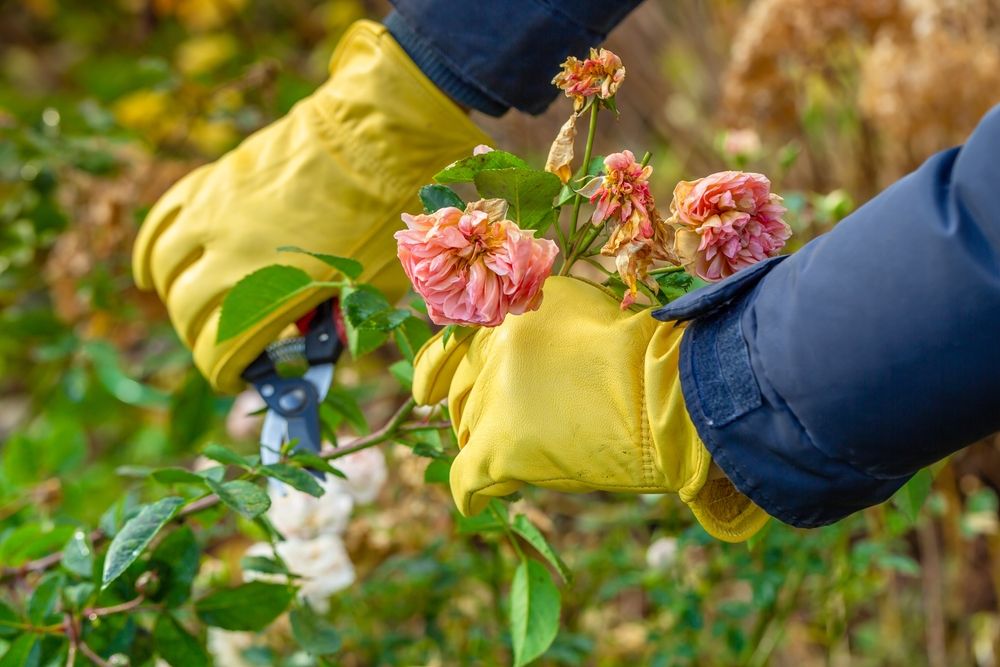


Roses are a beautiful part of any landscape design and as the sun starts to cast its gentle golden glow and leaves begin to carpet the garden, it's time for a ritual that every rose enthusiast eagerly awaits – the art of pruning roses in fall. In this transformative season, we unlock the gateway to a future blooming with resplendent roses, their fragrance dancing on the breeze.
In this guide, we'll embark on a journey into the world of roses, explore the spectrum of rose varieties, and unveil the importance of fall pruning in creating lush, vibrant rose gardens.
But that's just the beginning. We'll delve deep into the art of pruning, understanding why fall is the perfect time to sculpt your rose bushes for the next flowering season. From the precise process of pruning to what to do with the trimmed branches, we've got it all covered.
Join us in this journey to prepare your roses for winter, ensuring they brave the cold weather and emerge stronger for the forthcoming season's flowering. Whether you're nurturing old garden roses or taming the exuberance of modern varieties, this guide is your key to successful rose care.
In the realm of roses, every bloom tells a story, and with the right care and pruning, your garden can become a living canvas of colors and fragrances. So, without further ado, let's embark on the journey of pruning roses in the fall.
Understanding Rose Varieties and Their Blooms: A Garden Full of Choices
Roses are renowned for their diversity, with each variety bringing its unique charm to the garden. In this section, we'll explore the different types of rose bushes and the timing of their enchanting blooms.
A. Different Types of Rose Bushes
To fully grasp the world of roses, it's essential to understand the different types of rose bushes. Here, we'll spotlight some of the most popular varieties:
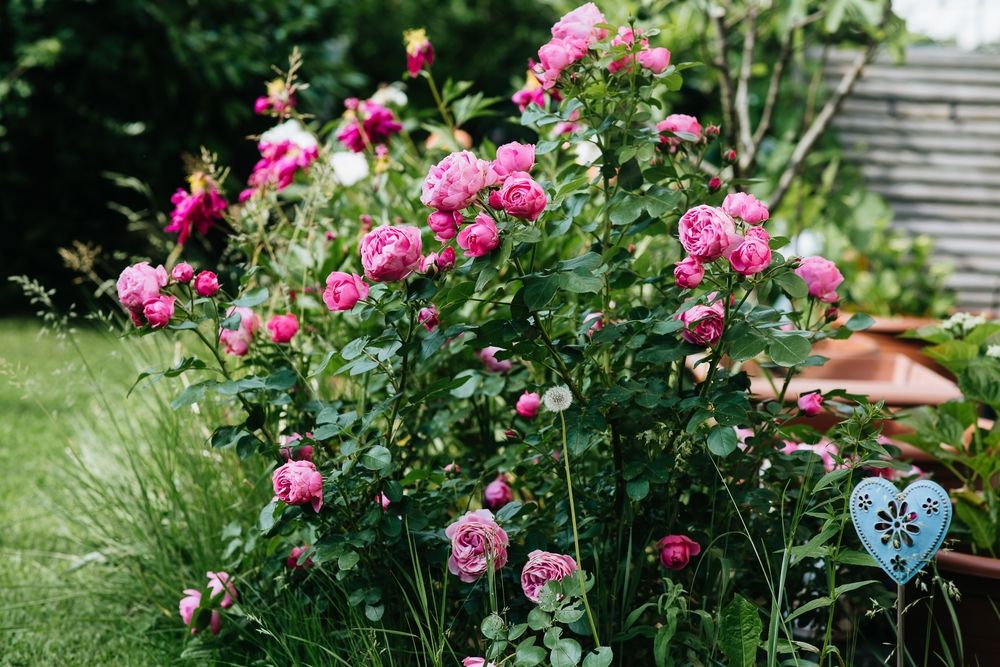
1- Shrub Roses: Known for their versatility and resilience, shrub roses can be the backbone of any garden.
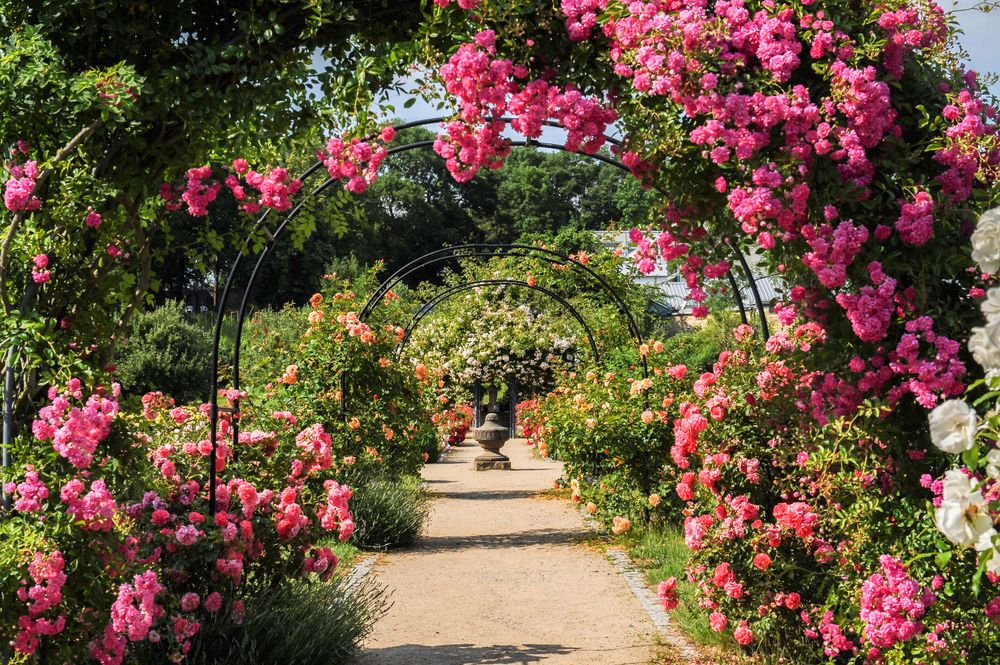
2- Climbing Roses: These roses bring a touch of elegance to arbors and trellises, creating cascades of blooms.

3- Old Garden Roses: These classic varieties evoke nostalgia with their timeless beauty and captivating fragrance.
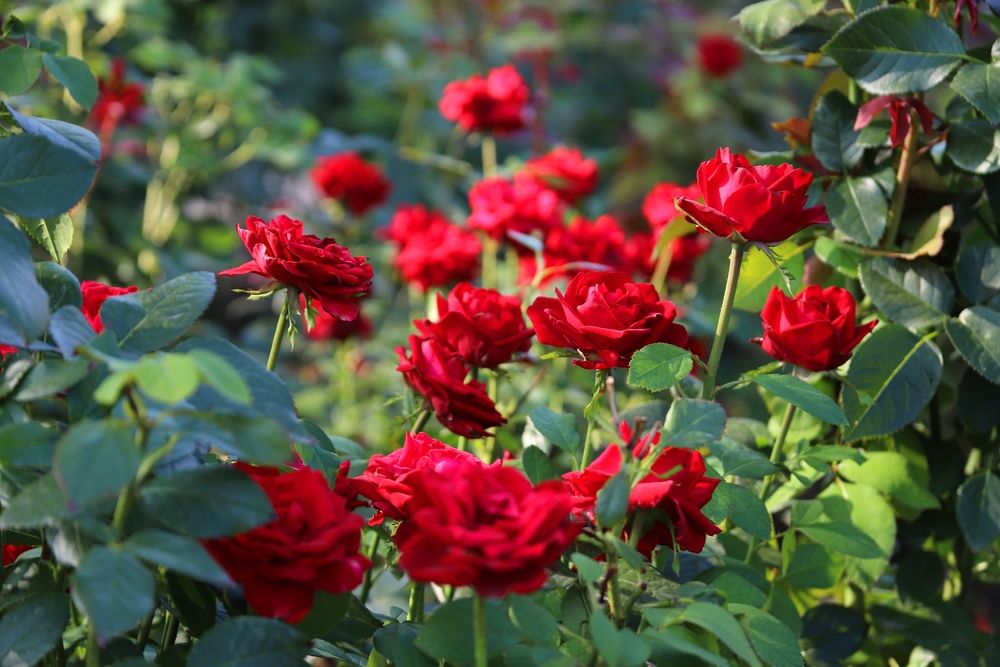
4- Modern Roses: Modern roses, with their vibrant colors and extended flowering seasons, are a delight for contemporary gardens.
B. The Timing of Rose Blooms
The timing of rose blooms is a spectacle in itself. We'll delve into the specifics of when these beauties grace your garden with their vibrant colors and fragrances:
-
Spring Blooming: Discover the joy of spring blossoms and the unique characteristics of roses that herald the arrival of this season.
-
Fall Blooming: A rare treat, fall-blooming roses contribute to the grand finale of the gardening year, and we'll unravel the delights of this season's blooms.
Understanding the nuances of different rose varieties and their bloom schedules is the first step in creating a garden that transitions from one enchanting display to the next. In the next section, we'll dive into the art of pruning roses and why the fall season is pivotal in ensuring your garden remains vibrant and full of life.
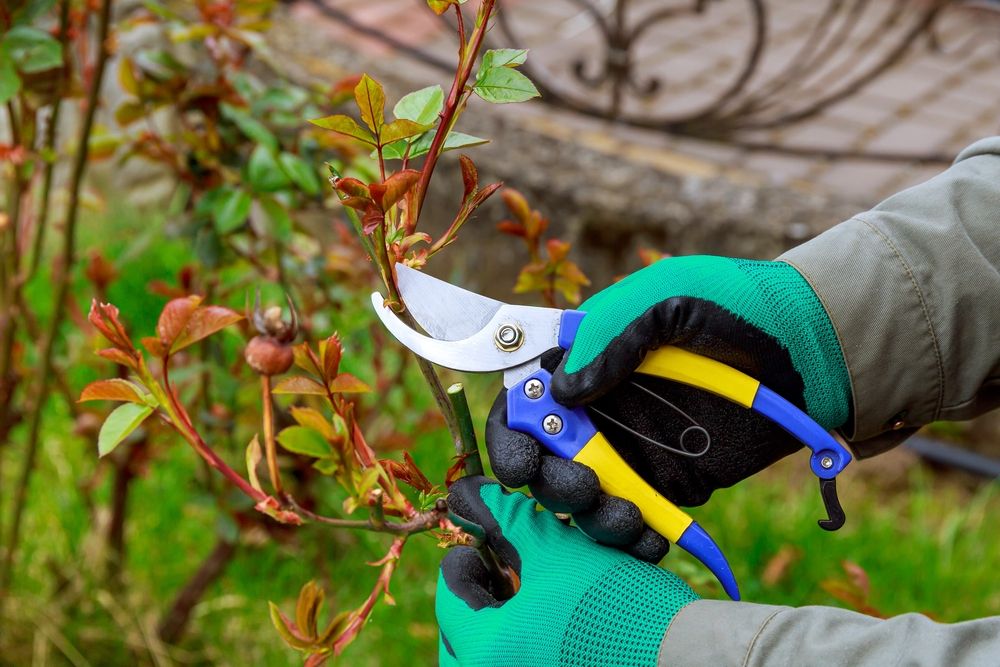
The Art of Pruning Roses in Fall: Sculpting Your Blooming Beauties
The Art of Pruning Roses in Fall
Pruning roses in the fall is like performing a rejuvenating magic trick on your beloved rose plants. With just a few deft snips and a touch of horticultural wisdom, you can ensure the continued health and resplendence of your cherished rose garden.
Why Prune in the Fall?
But why fall, you ask? Pruning in the autumn season offers a plethora of benefits for your rose plants. It's not just a horticultural whim; it's a strategic maneuver for ensuring a flourishing garden. Here's why it's so crucial:
- Banishing the Dead and Diseased: By saying goodbye to dead or disease-afflicted branches, you're eliminating potential havens for pests and diseases that can wreak havoc on your plants' well-being.
- Trimming for Elegance: Fall pruning allows you to maintain the size and shape of your roses, preventing them from growing too tall or leggy, which can make them susceptible to wind damage or snow breakage.
- Breathing Room for Beauty: A little strategic pruning opens up the center of the plant, improving air circulation and permitting more sunlight to penetrate. This not only reduces the risk of fungal infections but also encourages a profusion of forthcoming blooms.
- Awakening New Growth: Your roses, you see, are quite the alchemists. They produce flowers on fresh, new wood, and fall pruning sparks that rejuvenate, ensuring a spring season full of vibrant, budding life.
Pruning Dead or Diseased Branches
The first act in our rose pruning drama involves the removal of any dead or diseased branches that might mar the health and appearance of your roses. Armed with a pair of sharp bypass shears, sturdy gloves, and a shirt with long sleeves to fend off those thorns, you can gracefully perform this delicate operation.
To ensure you're on the right track, here are some pruning tips to navigate this task with finesse:
- Trim away any dead or disease-ridden branches, exposing healthy, white pith (green on the outside). The rule of thumb? Brown is lifeless, and green is living.
- Cut with precision, at a 45-degree angle, leaving about 5mm above a bud. Slope the cut away from the bud to prevent water from pooling, which could lead to rot.
- If you want an open-centered shape, cut toward an outward-facing bud. For spreading roses, don't hesitate to prune some stems toward inward-facing buds to encourage more upright growth.
- Bid adieu to spindly or crisscrossing stems. They often compete for space or rub against each other, potentially causing damage.
- While some gardeners opt to seal fresh cuts with pruning paint or wood glue, rest assured that roses are resilient and often heal themselves without intervention.
The Process of Pruning Roses
The process of pruning your roses in the fall isn't one-size-fits-all. It dances to the tune of your rose plant's age and type. Each variety has its blooming rhythms and unique pruning requirements.
For freshly planted roses, those tender newcomers to your garden, go easy on the pruning, if at all. They're still in the delicate phase of root establishment, so a gentle trim by about a third of their size should suffice.
Established roses, on the other hand, can handle a bit more pruning. The extent of your trim depends on the type of rose:
- Spring Bloomers (like old garden roses and certain climbing varieties) should be pruned after their late spring or early summer flowering, as they bloom on last year's growth. Trim lightly, removing roughly one-third of their height and width.
- Fall Bloomers (like modern roses and some shrub roses) thrive when pruned in late winter or early spring, just before they gear up for a new growth spurt. A moderate trim, taking about half their height and width, is ideal.
- Repeat Bloomers (including hybrid tea, floribunda, grandiflora, miniature, and groundcover roses) also shine with late winter or early spring pruning. However, as they produce continuous blooms on new growth, a heavier trim, about two-thirds of their height and width, is the way to go.
What to Do with Pruned Material?
Once the pruning symphony has ended, you may be left pondering what to do with the remnants of your artful trimming. Here are some inspired suggestions:
- Bid farewell to any dead or disease-afflicted branches and foliage by sealing them in a closed bag or bin. Composting isn't an option for these, as they can host unwelcome guests or diseases that may harm other plants.
- For the healthy branches and foliage, consider a more eco-friendly path. Composting them or using them as mulch around your roses or other plants not only adds nutrients to the soil but also helps maintain soil moisture.
- If your pruned branches bear rose hips, consider using them as captivating winter decorations, either indoors or outdoors. These vibrant accents add a touch of color and intrigue to your home or garden. Plus, they're not just for show - rose hips are edible and can be used to craft tea, jam, jelly, or syrup.
- Those thorny branches are your allies in warding off unwanted garden visitors. Use them strategically to deter animals like rabbits, deer, or cats by placing them around your plants or garden beds.
- As for thornless branches, don't toss them aside. They can be sturdy stakes or supports for other plants, such as tomatoes, beans, or peas, by firmly embedding them in the soil near the plants.
With the pruning phase complete, your rose garden is now poised for its autumn slumber, preparing to awaken in spring's grand spectacle. So, until then, enjoy the seasonal transformation and revel in the anticipation of your resplendent rose garden's return.
Conclusion
As we draw the curtains on this delightful journey through the world of roses and their care, it's time to invigorate your gardening spirit and bring the wisdom you've gathered to life.
Pruning roses in the fall isn't just a chore; it's a transformative art. It's the canvas upon which you paint the masterpiece of your garden. So, let this be your inspiration. As the leaves turn gold and the air crisps, take your shears in hand and sculpt your roses with care.
And as the final note in our horticultural symphony, allow us to present an opportunity. The world of gardening is vast and ever-evolving, and you don't have to navigate it alone. ShrubHub.com is your one-stop destination for a plethora of gardening resources, tools, and expert advice. Whether you're a seasoned pro or a budding enthusiast, it's a place where your green dreams can take root and flourish.
So, my fellow gardeners, the seasons may change, but your love for your roses remains constant. Embrace the fall with your pruning shears in hand, share your stories, and explore the endless possibilities that ShrubHub.com offers. Let's make this gardening journey as vibrant and enduring as the roses we nurture. Happy gardening!


